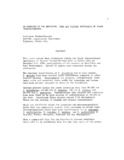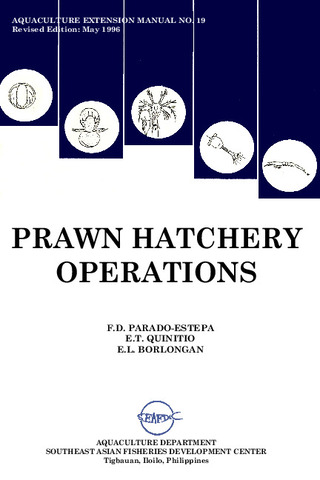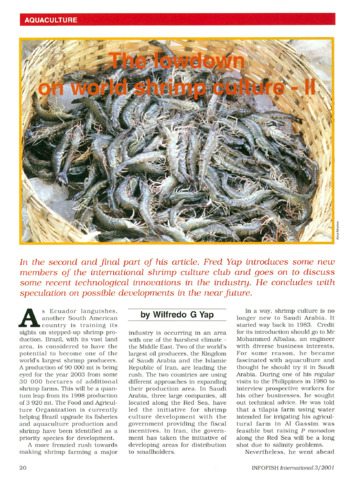Ovarian development in relation to changes in the external genitalia in captive Penaeus monodon
Share
Abstract
Hatchery-reared Penaeus monodon postlarvae were cultured in ponds until they attained adult size. Thereafter, the shrimps were transferred to concrete broodstock tanks for maturation. During the culture period, the morphological changes of the ovary in relation to the development of the external genitalia and other quantitative parameters were examined.
Based on histology, primordial germ cell and chromatin nucleolus in the early stages of ovarian development were reported in addition to the stages that have been described earlier on adult specimens, thus completing the description of ovarian development on P. monodon. Females with ovaries at the perinucleolus stage can be impregnated as long as the thelycum is structurally developed to receive the spermatophores. Females with cortical rod stage ovaries either spawned or resorbed their eggs before molting, indicating that the molting cycle overrides reproductive activity in first-maturing females.
Suggested Citation
Quinitio, E. T., Caballero, R. M., & Gustilo, L. (1993). Ovarian development in relation to changes in the external genitalia in captive Penaeus monodon. Aquaculture , 114(1-2), 71-81. https://doi.org/10.1016/0044-8486(93)90251-S
Subject
Taxonomic term
Collections
- AQD Journal Articles [1249]
Related items
Showing items related by title, author, creator and subject.
-
An overview of the nutrition, feed and feeding techniques of prawn penaeid/shrimps
Piedad-Pascual, Felicitas (Philippine Council for Aquatic and Marine Research and Development, 1989)This paper echoes what transpired during the first International Conference of Penaeid Prawns/Shrimps held in Iloilo City in December 4-7, 1984, particularly on the Nutrition nd Feed Development. Around 25 papers were ... -
Prawn hatchery operations
Parado-Estepa, Fe D.; Quinitio, Emilia T.; Borlongan, Emeterio L. (Aquaculture Department, Southeast Asian Fisheries Development Center, 1996-05)The manual, an updated version of the 1984 SEAFDEC/AQD manual, presents the underlying principles and step-by-step instructions of prawn larval and post-larval rearing. The techniques described are not only applicable to ... -
The lowdown on world shrimp culture - II
Yap, Wilfredo G. (INFOFISH, 2001)This paper introduces some new members of the international shrimp culture club and goes on to discuss some recent technological innovations in the industry, particularly the polyculture of tilapia (mainly Oreochromis ...




